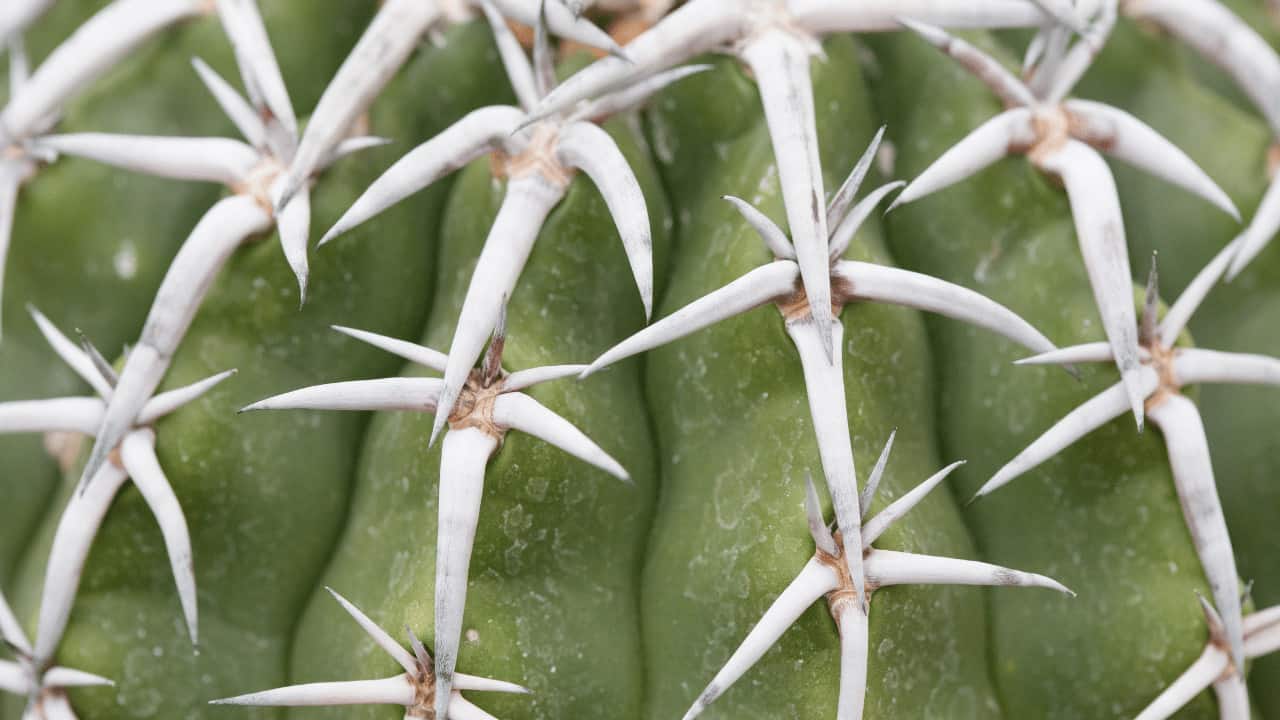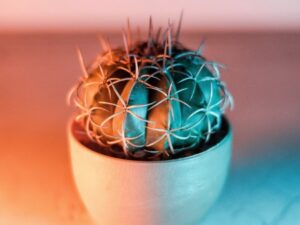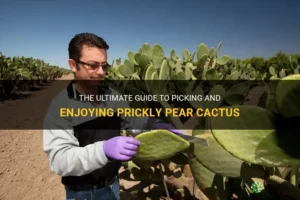White dots appearing on cacti can provoke a mix of intrigue and concern among plant enthusiasts. These curious markings often elicit questions about the well-being of the succulent. Does my cactus have a disease? Is it merely a cosmetic issue, or is there a deeper problem at hand? Understanding the potential causes of these white dots and how to treat them can help enthusiasts ensure their beloved cacti thrive.
While the sight of white dots can be alarming, they often signify underlying issues, ranging from benign to seriously detrimental. This article delves into the various causes of white dots on cacti and offers effective treatment methods.
Recognizing the Culprits: Common Causes of White Dots on Cacti
Before diving into treatment options, it’s imperative to identify the source of the white dots. These peculiar specks can primarily stem from pest infestations or fungal infections. In some cases, they may even be mineral deposits or the natural waxy coating of the cactus itself.
One of the most common culprits is the presence of mealybugs, small, soft-bodied insects that appear as white, cottony masses. These pests thrive in warm environments and can quickly infest cacti, feeding on their juices and leading to stunted growth or dieback.
Another potential offender is powdery mildew, a fungal disease characterized by a flour-like coating on the plant surface. This condition often arises in conditions of high humidity and inadequate air circulation. If left untreated, powdery mildew can weaken the plant and impede its photosynthesis capabilities.
In addition to pests and pathogens, white dots may simply be mineral deposits left behind by hard water. It’s common for homeowners to use tap water with high mineral content when watering their cacti, leading to unsightly marks over time. However, this issue is largely cosmetic and does not harm the plant.
Sometimes, it’s essential to differentiate between natural wax coatings and harmful infestations. Some cacti naturally produce a white, waxy layer to deter pests and retain moisture. This adaptive feature, while appearing similar to pests, serves as an essential protection mechanism and does not require treatment.
Treatment Options: Addressing White Dots on Your Cactus
Once the cause has been determined, effective treatment can be implemented. Each scenario requires a tailored approach to restore the plant’s health.
For mealybug infestations, immediate action is crucial. Gently wipe the affected areas with a cotton swab dipped in rubbing alcohol. This method effectively eliminates the bugs without damaging the plant. Following the initial treatment, monitor your cactus closely, as a second application may be necessary to handle any remaining pests. Additionally, consider introducing natural predators, such as ladybugs or lacewings, which can help keep mealybug populations in check.
In the event of powdery mildew, preventative measures are key to successful eradication. Begin by increasing air circulation around the cactus; this might involve relocating it or rearranging other plants nearby. If the mildew persists, a homemade fungicide can work wonders. A mixture of baking soda, water, and a few drops of dish soap can be sprayed on the affected areas. This remedy alters the pH on the leaf surfaces and inhibits fungal growth.
For mineral deposits, a gentle rinse with distilled water can effectively clean the cactus without causing harm. By replacing hard tap water with distilled or rainwater for regular watering, you can help prevent further accumulation of these deposits. It’s worth noting that flushing with distilled water not only cleans the surface but can also leach excess minerals from the soil, fostering a healthier root system.
Prevention Is Better Than Cure: Best Practices for Cactus Care
Maintaining a healthy cactus begins with establishing proper care routines. Familiarizing yourself with the individual needs of your cactus species—including light, water, and soil preferences—can significantly reduce the likelihood of pest and disease problems.
Proper watering techniques are crucial. Cacti thrive in arid conditions and require infrequent watering. Watering only when the soil has completely dried out helps avert issues related to overwatering and encourages robust root development. Furthermore, ensure that your cactus pot has ample drainage holes to prevent water pooling, which can lead to root rot and other diseases.
Another essential preventive measure is to inspect your plants regularly for signs of pest activity. Early detection of mealybugs or signs of powdery mildew can save your cactus from severe damage. A routine check of the soil, leaves, and stems is a wise practice that can help catch issues before they escalate.
Additionally, consider the environmental conditions in which you are keeping your cactus. Adequate light, humidity, and airflow are crucial for preventing issues like powdery mildew. Ensure that your cactus receives an adequate amount of sunlight, as most cacti prefer bright, direct light for several hours each day.
In closing, while the appearance of white dots on cacti can be a source of anxiety for plant owners, understanding the underlying causes equips enthusiasts with the knowledge needed to treat and prevent these conditions. With a little care and attention, your cactus can remain a thriving specimen in your collection. Whether it’s a mealybug infestation or a benign mineral deposit, being proactive in treatment and prevention can greatly enhance your plant’s longevity and health.





Leave a Comment